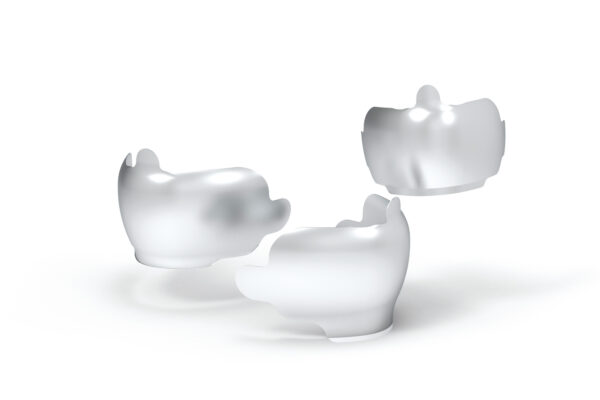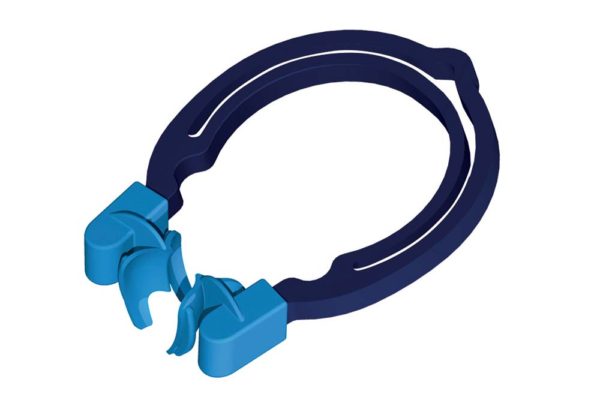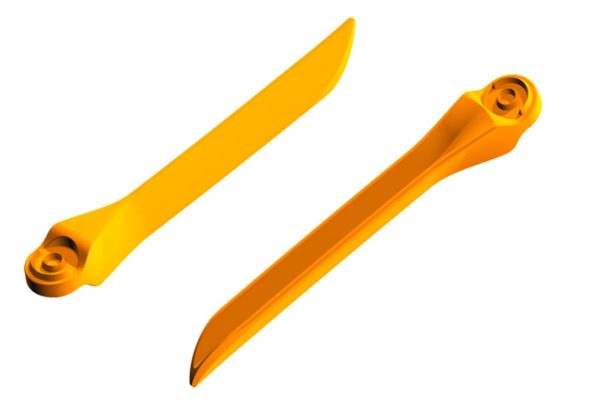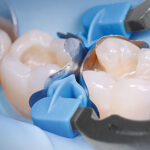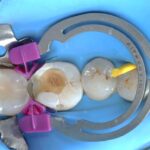15 Jan Class II adjacent cavities on 1st and 2nd molars – QuickmatFIT anatomical sectional matrices & myRing Forte – Dr David Gerdolle
Class II adjacent cavities on 1st and 2nd molars with QuickmatFIT
by Dr. David Gerdolle
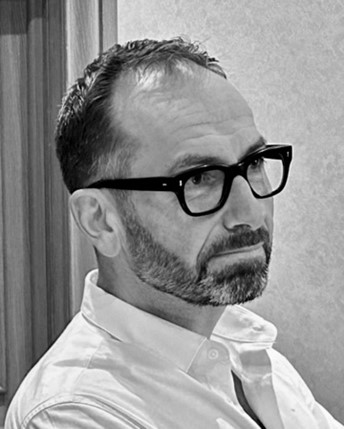
Dr David Gerdolle
Dr. Gerdolle graduated from the Faculty of Dentistry of Nancy University in 1993. Since 1995, he has obtained postgraduate qualifications in Prosthodontics, oral biology, implantology, Forensic Medicine and Forensic Dentistry. Between 1996 and 2005 he lectured at the Nancy School of Dentistry, and still plays a very active role as the head of postgraduate training in adhesive and biomimetic dentistry at the University of Paris, as well as being a Certified Instructor of the Academy of Biomimetic Dentistry. Dr. Gerdolle has practiced privately in Switzerland since 2005, focusing on conservative and minimally-invasive dentistry. In addition to his academic and practical work, Dr. Gerdolle is the author of 60 national and international scientific publications and of more than 250 lectures in seminars, congresses and hands-on courses in the field of restorative dentistry.
case report
A 28-year-old female patient, without any systemic medical conditions presented with a carious lesion affecting both molar 46D and 47M. The following case illustrates the direct composite restoration of the lesion using the Polydentia QuickmatFIT anatomical sectional matrices in combination with myRing Forte and myWedge plastic v-shaped wedges.
quickmatfit_gerdolle_1_radiography
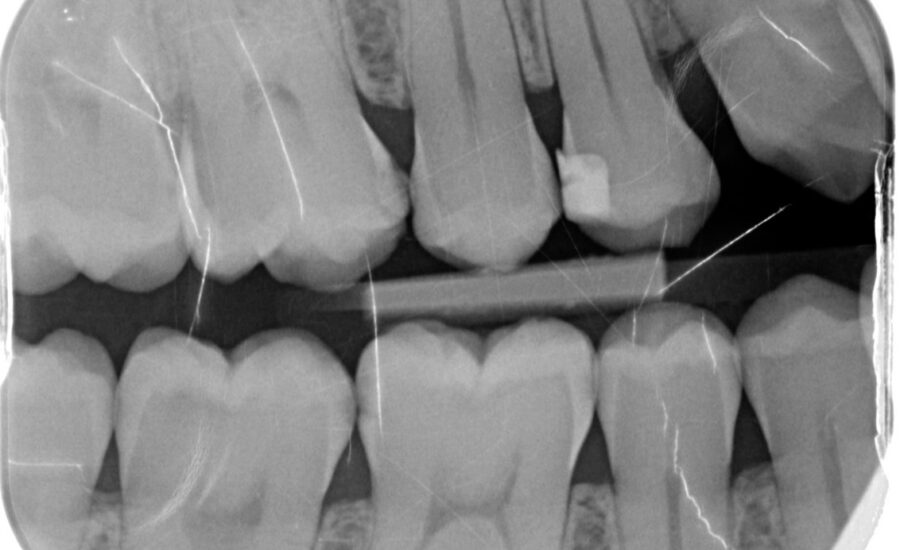
1: Pre-operative x-ray showing a carious lesion affecting both molar 46D and 47M
quickmatfit_gerdolle_2_pre-wedging

2: Pre-operative view of quadrant 4 under isolation; pre-wedging was carried out using a wooden wedge to facilitate the placement of the sectional matrices.
quickmatfit_gerdolle_3_cavity preparation

3: The cavities after caries removal, cleaning and disinfection.
quickmatfit_gerdolle_4_matrixing
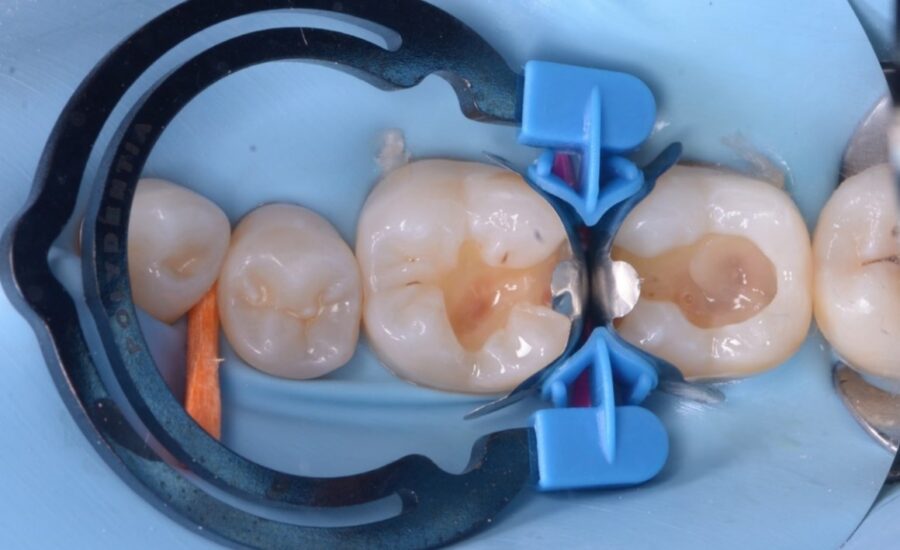
4: Matrixing: two QuickmatFIT molar matrices were placed on 46D and 47M to seal the cavities. For effective tooth separation, myRing Forte was positioned before proceeding with the proximal walls restorations. The anatomical contouring of the QuickmatFIT matrices results in two main benefits for the dentist: increased rigidity of the matrix itself, making it easier to position, and improved adaptation to tooth morphology, requiring less finishing of the composite filling.
quickmatfit_gerdolle_5_molar 46

5: Once the distal surface of Molar 46 had been restored, the myRing Forte and QuickmatFIT sectional matrix were removed.
quickmatfit_gerdolle_6_molar 47

6: The myRing Forte was then repositioned for the restoration of the mesial wall of Molar 47.
quickmatfit_gerdolle_7_post op

7: The clinical situation after proximal wall restoration.
quickmatfit_gerdolle_8_final touch

8: Modelling of the occlusal surfaces; a small amount of brown pigments were used to reproduce stain.
quickmatfit_gerdolle_9_post op lateral view
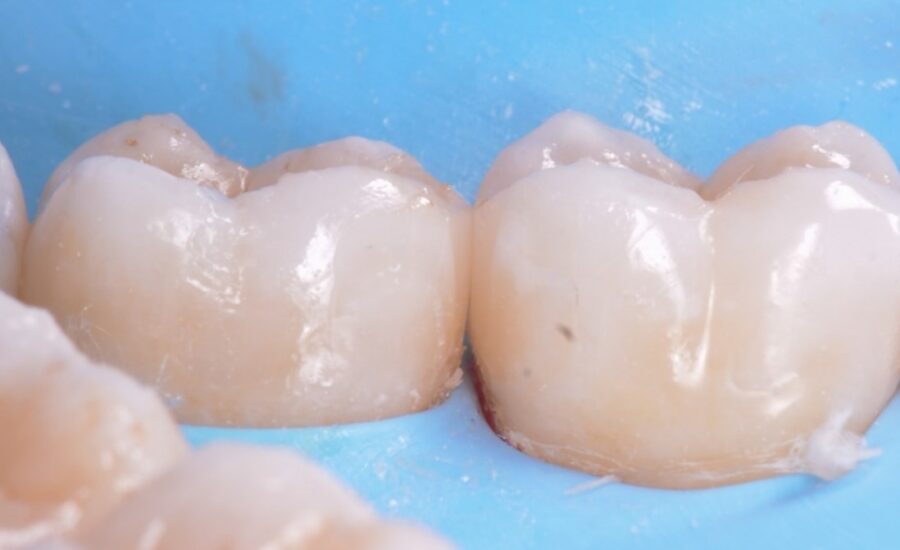
9: Side view of the clinical situation before finishing and polishing, showing the accurate morphology reconstruction afforded by the QuickmatFIT matrices.
quickmatfit_gerdolle_10_post op after occlusal check

10: Post-op view of the restoration after finishing and polishing and an occlusal check.
conclusion
QuickmatFIT sectional matrices from Polydentia combine a high-rigidity alloy with a unique three-dimensional profile, providing an easy solution to a number of difficult clinical situations. When used in combination with myRing Forte, the result is a reconstruction with an accurate and natural morphology, that reduces the time required for the finishing steps.
DOWNLOAD PDF
Dr_Gerdolle_ClassII-adjacent-cavities-on-1st-and-2nd-molars -QuickmatFIT-myRingForte
Read Moreother clinical cases
-
Class II adjacent cavities on 1st and 2nd molars – QuickmatFIT anatomical sectional matrices & myRing Forte – Dr David Gerdolle
A 28-year-old female patient, without any systemic medical conditions presented with a carious lesion affecting both molar 46D and 47M. The following case illustrates the direct composite restoration of the lesion using the Polydentia QuickmatFIT anatomical sectional matrices in combination with myRing Forte and myWedge plastic v-shaped wedges....
-
Class II cavity direct composite restoration on a young permanent premolar – myClip 2.0 – Dr Marina Papachroni
For young patients rebuilding the anatomy in class II cavity restorations is a major issue but not making too many occlusal adjustments after finishing the layering procedures is one of the same importance aspects. The following images show the step-by-step treatment we performed for treating decay on the upper first premolar of a 15-year-old teenager. ...
-
Class II cavity direct restoration on young permanent molar with myQuickmat Forte – Dr Marina Papachroni
Class II (interproximal) decay involves the proximal surface of a posterior tooth and it is a common occurrence in many dental patients. One challenge for the clinician is to accurately recreate a physical contact to the adjacent tooth and, at the same time, to restore proper interproximal anatomic form. This case involves a teenager 16 years old with an interproximal lesion in his left lower molar (#36)....
-
Class II direct composite restoration on first premolar – QuickmatFLEX sectional matrices and myClip Junior – Dr Marina Papachroni
A male teenager came to our office feeling pain in the upper left quadrant. We proceeded with a Class II restoration of the first premolar without removing brackets. The following images show the step-by-step direct composite restoration procedure using the premolar sectional matrix QuickmatFLEX in combination with the paediatric sectional matrix ring myClip junior. ...
-
Class II restoration of a primary molar – myRing Junior – Dr Sabová
The young patient came for a periodic checkup. After a preliminary analysis we found a class II mesial carious lesion on primary molar 6.5. Since the dimensions of the carious lesion were limited, we decided to proceed with a direct composite restoration procedure using myJunior kit from Polydentia. ...
-
Class II restoration on a first molar – QuickmatFIT anatomical sectional matrices and myRing Forte – Dr Cristian Scognamiglio e Dr Alessandro Perucchi
The patient came for a consultation complaining of discomfort at tooth 36 when chewing. Molar 36 presented a very old composite restoration with initial disto-occlusal infiltration. We decided to carry out an OD restoration that also involved the buccal surface in order to replace the filling with a new aesthetic restoration. In this clinical case, we illustrate the procedure for the step-by-step restoration of tooth 36 using the Polydentia QuickmatFIT Molar sectional matrix in combination with the myQuickmat Forte sectional matrix ring....
-
Class II restoration on second bicuspid – myQuickmat Forte kit – Dr. Chiodera
The Polydentia myQuickmat Forte kit is a very effective system for posterior class II restorations....
-
Diamond24, 24 solutions for your restorations of Class II cavities
Diamond24 and myRing Classico: 24 solutions for your Class II restorations. Read the article written by Dr. Chiodera, which explains how to get great contact points with Diamond24 and myRing Classico for Class II cavity restorations. ...
-
Dr. Chiodera – Class III restoration – Unica anterior
The patient came to our attention for a regular check. A first analysis revealed a class III carious lesion on incisor 21. We decided to eliminate the carious lesion and proceed with a direct composite restoration of the cavity....
-
Dr. Chiodera – MOD restoration on first Molar – myQuickmat Classico kit
The Polydentia myQuickmat Classico kit is a very efficient system for posterior class II restorations....

